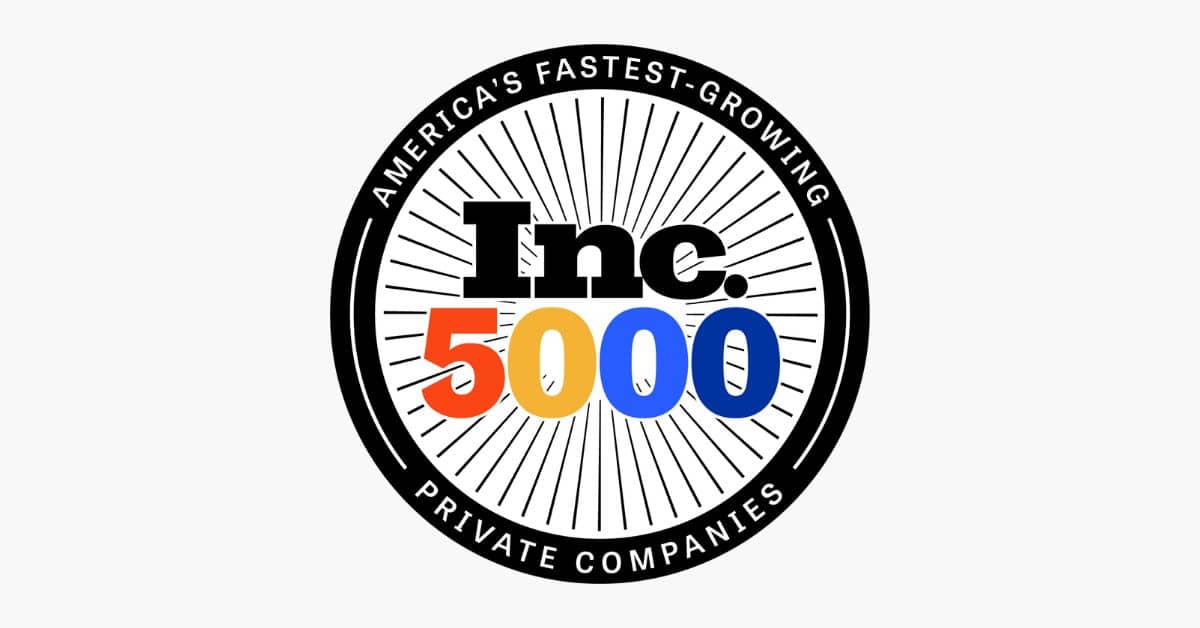You need to consider Hardware-as-a-Service’s benefits and downsides in the context of your business goals and needs to know if it’s right for your business.
Subscription services have become prevalent across the IT industry, providing a convenient and budget-friendly way for organizations to acquire the tools they need to operate efficiently.
Such services are most commonly associated with software applications and various cloud resources, but they also extend to the physical devices employees use in their jobs with the Hardware as a Service (HaaS) model (sometimes referred to as the Device as a Service (DaaS) model), a subscription model in which hardware devices are provided according to a service level agreement (SLA).
This model is gaining such traction that the global HaaS market is anticipated to witness a CAGR of 26.2 percent over the forecast period 2022 – 2027. Like many other IT trends, HaaS has attracted even organizations that are unlikely to benefit from it much because the traditional approach to hardware acquisition, implementation, and maintenance suits them better.
Table of Contents
Benefits of Hardware as a Service (HaaS)
1. Predictable Budgeting
Hardware purchases are traditionally associated with large capital expenditures and sometimes eye-watering maintenance costs. The HaaS model allows organizations to reduce their hardware-related expenses into a single operational expense dictated by a monthly, annual or multi-year contract.
When organizations know exactly how much money they spend on hardware every month, they can better allocate their financial resources and be bolder with their investments.
2. Operational Flexibility
Organizations that can flexibly adapt to changing needs and conditions always fare better than their inflexible competitors, as was demonstrated during the early months of the pandemic.
Because the HaaS model frees organizations from the burden of hardware ownership, it empowers them to expand, downsize, or upgrade their IT infrastructure with ease.
A single phone call with its HaaS provider is often all it takes for an organization to, for example, equip its employees with hybrid work-ready laptops.
3. Improved Productivity
The need to regularly update and maintain hardware can put a major dent in any organization’s productivity.
With HaaS, regular employees can better focus on what they do best because their devices are always in top shape, and in-house IT staff can direct their attention to other activities.
HaaS providers can also proactively suggest hardware upgrades to equip their customers with the best tools available.
4. Better Security
HaaS services are typically provided by managed service providers (MSPs), whose services usually include cybersecurity. They can use their cybersecurity expertise and experience to help organizations maintain data and device protection without creating an unpleasant end-user experience.
Hardware-as-a-Service Drawbacks
As far as the downsides of the HaaS model go, there are only two potential problems.
1. Loss of Control
The loss of control all organizations experience when they decide to lease their equipment instead of purchasing it outright is perhaps the most significant downside of the HaaS model, but it doesn’t affect all organizations to the same degree.
In fact, some organizations are not affected by it at all, especially small and medium-sized businesses with modest and predictable hardware needs.
2. Increased Dependency
Any organization that relies on the HaaS model depends on its provider’s ability to deliver agreed-upon services and service levels. This makes it critically important for organizations to partner only with the most capable and reputable providers.
Is HaaS the Right Choice for Your Business?
Now that you’re familiar with the main benefits and downsides of the HaaS model, it’s time for you to decide if it’s the right choice for your business. You can start by answering the following yes/no questions:
- Are large upfront IT expenses pressure on your budget?
- Do you find it difficult to cope with changing needs and conditions?
- Is your existing hardware holding you back?
- Are you worried about cybersecurity threats?
If you’ve answered “yes” to most of these questions and are fine with the above-described downsides, then the HaaS model is likely the right choice for your organization.
For more information on how Hardware-as-a-Service could help your organization achieve its goals and meet its needs, contact experts at Teal.
An Attractive Solution for Many Businesses
Hardware as a Service has emerged as an attractive solution for organizations of all sizes that would like to reduce their IT worries without depriving themselves of the same transformative technologies that make them more competitive.
While it’s not a good fit for everyone, those who embrace it enjoy more predictable budgeting, greater operational flexibility, improved productivity, and better security.









